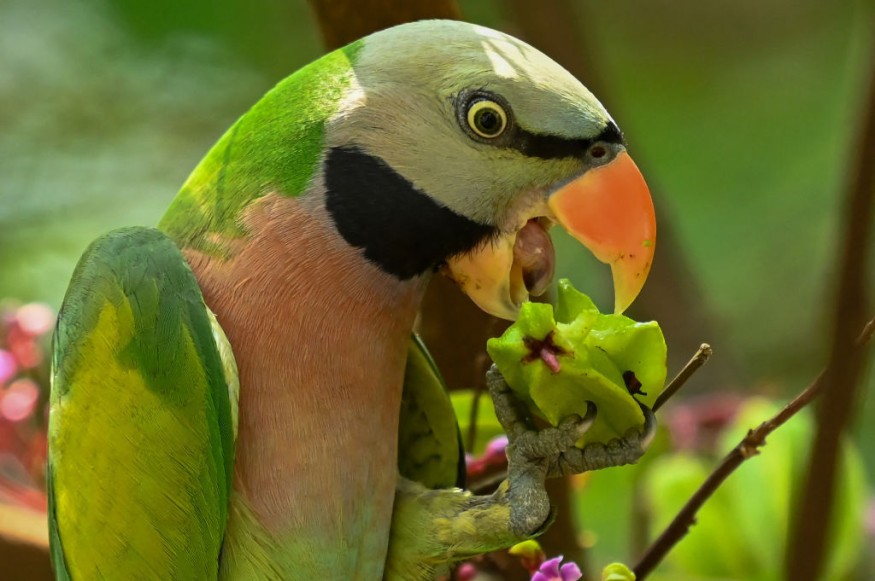Protecting the habitats of Endangered Thick-Billed Parrots is essential to save species from population decline and threats of extinction, according to recent reports.
Endangered Thick-Billed Parrots are threatened by climate change effects, illegal hunting and widespread habitat loss. They are also called snow parrots, spending their time in higher elevation areas.
They can weigh from 314 to 373 grams, having a lifespan of 35 to 40 years. They are strong parrots that can fly and evade potential bird threats. However, recent reports urged for the protection of their habitats.
Endangered Thick-Billed Parrots: Why Is Protection of Habitats Crucial?

Habitats are important to migratory birds. With widespread habitat loss, the protected areas serve as crucial protection for species.
According to a study in Global Ecology & Conservation, researchers explained that the thick-billed parrot (Rhynchopsitta pachyrhyncha) has declined in the areas in Northwestern Mexico and Sierre Madre Occidental.
The report highlighted the endangered species is considered data deficient. As a result, monitoring efforts and studies are crucial for the birds to offer new insights into their migratory routes.
As a result, international researchers developed tiny solar-powered satellite transmitters. It helped to monitor and track the migration areas of the endangered thick-billed parrots.
With the amazing transmitters, it managed to track over 40,000 locations and the said birds. It is crucial for experts because the endangered thick-billed parrots are difficult to observe.
Tracking the said parrot is challenging because they are evasive, and mostly stay in high-elevation areas. The discovery can help with bird protection and conservation efforts, especially since their species has been threatened.
After studying the wild birds, the Rhynchopsitta pachyrhyncha is a seasonal migrator. The thick-billed parrot will depart their breeding habitats in October. They are tracked to return in southern portions around April.
Ultimately, the researchers discovered that the birds suffered from alarming habitat loss. The nesting sites or critical habitats of the thick-billed parrot are not protected.
Furthermore, the report emphasized the urgent protection of bird habitats. The effects of climate change and global warming can significantly affect their population, including prolonged drought, wildfires and storms.
With the increasing threats, conservation efforts will play a significant role in the endangered thick-billed parrots thrive. In the estimate, there could be about 3,000 to 6,000 of the said parrots in the forests or wild.
Endangered Thick-Billed Parrots: More Facts About Them
They can fly or stay in high altitudes, reaching from, 3900 feet to 1,500 feet. The endangered thick-billed parrots can return to their habitats due to the availability of food sources.
In addition, the parrot can consume small fruits, insects, berries and seeds. The protection of pine forest habitat is also essential for the bird's survival.
Did you know? Sexual dimorphism is important to indicate the different identities between male and female animals.
Related Article : 6 Animals With Weird Mating Ways in Wildlife
For more similar stories, don't forget to follow Nature World News.
© 2025 NatureWorldNews.com All rights reserved. Do not reproduce without permission.





